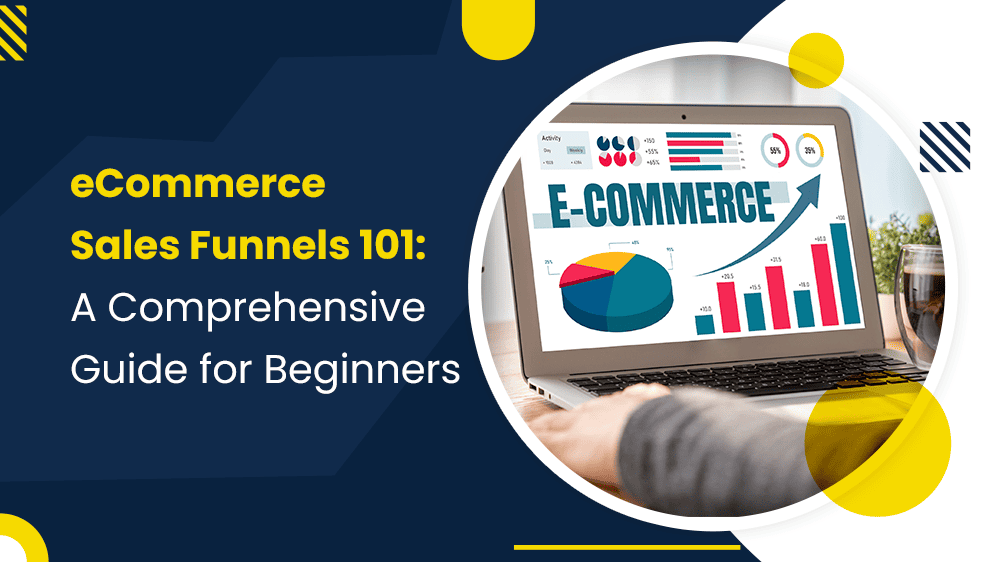If you want to succeed in your online marketing efforts, drive more customers toward your business, and increase your sales, you need to know everything about your potential customer.
This is one of the most common pieces of marketing advice given to people.
After all, you cannot just start your eCommerce site and expect people to jump at it with their wallets wide open.
You need to make your target audience aware of your products and give them offers they cannot refuse. And for that, you need to understand exactly who your potential customers are and their needs and expectations as well. You need to map out their buyer’s journey, understand what leads them to convert, and what makes them abandon their carts.
But how will you achieve all this? How will you determine your target audience and understand what triggers their buying decisions?
This is where the role of an eCommerce sales funnel comes into the picture.
This blog post will walk you through everything related to eCommerce sales funnel, why they are so important, and how you can build the best eCommerce funnel for your business.
Let’s get started!
Table of Contents
What Exactly is an eCommerce Sales Funnel?
In simple terms, an eCommerce sales funnel is a digital representation of your customer’s buyer journey. Every single customer who visits your eCommerce website has a journey. From the moment they enter your site (the top of the funnel) to the time they leave it, they go through several stages and make various decisions.
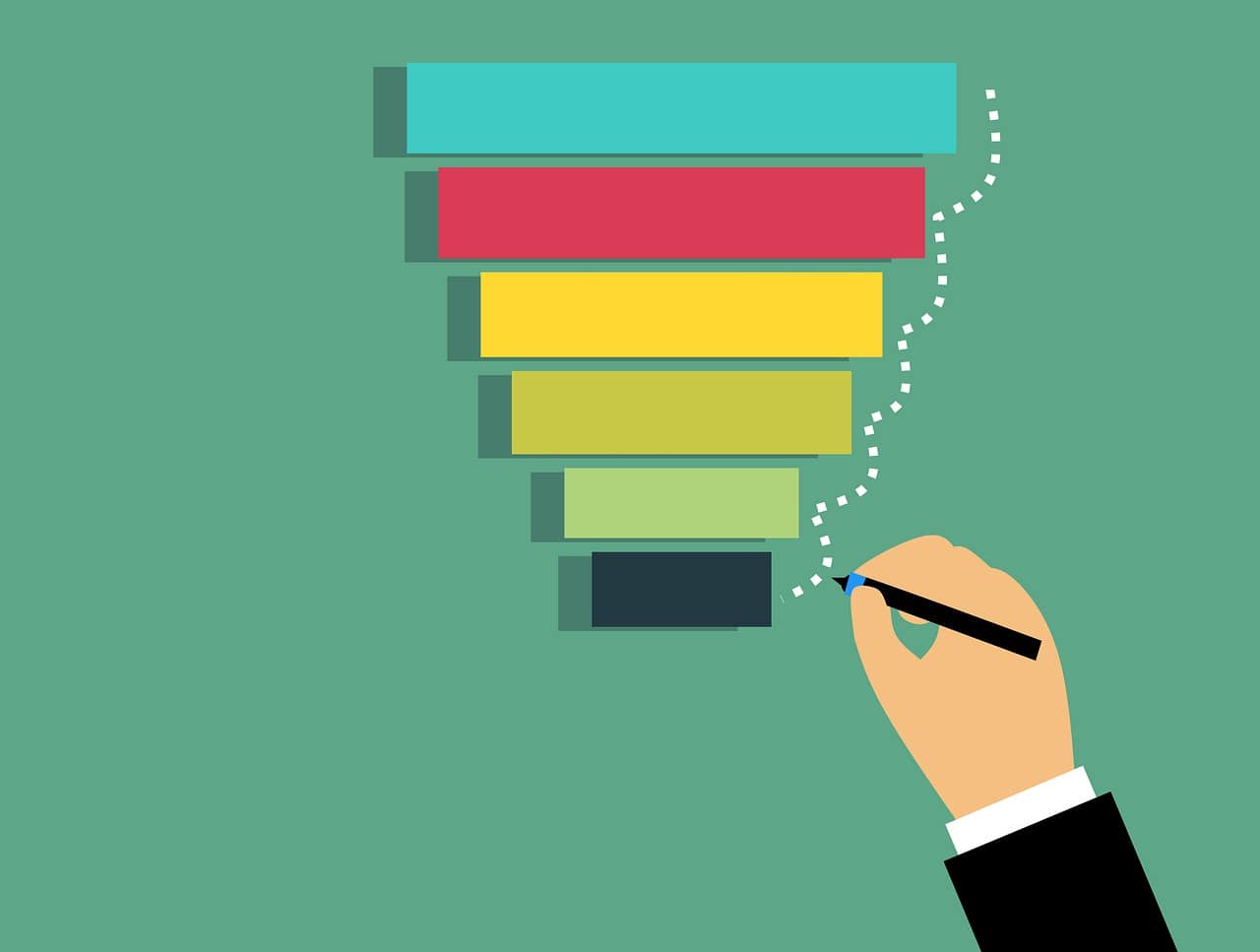
An eCommerce sales funnel helps map out your customers’ journey and understand how different customers behave at various funnel stages. Some prospects will convert into paying customers very soon, while others will take their sweet time before finally buying from you.
Both of these types of customers are important for the growth of your business. So, you will have to craft your funnel to target different types of customers effectively and bump up your eCommerce conversion rate.
Every business has a unique sales funnel based on their specific customers’ behavior, marketing strategies, products, and so on. However, the basic pipeline structure of an eCommerce sales funnel remains the same.
For example, low-cost goods have a shorter eCommerce sales funnel as customers don’t take too long to make a buying decision for such products.
On the other hand, luxurious and high-cost products like luxury watches or costly handbags have a longer eCommerce sales funnel.
8 Best Email Marketing Software for eCommerce in 2023
What Is the Average Customer Conversion Rate for an eCommerce Business?
As per the data shared by Smart Insights, 43.8% of your site visitors see your eCommerce website’s product page on average. However, only 3.3% of them actually make a purchase.
Thus, many of your target audience are leaving your website without making a purchase. And if you want to increase your revenue, it is important to understand the reason behind this bounce rate and what triggers your customers for cart abandonment.
14 Stunning eCommerce Landing Page Examples (With Expert Tips)
What Are the Main Stages of an eCommerce Sales Funnel?
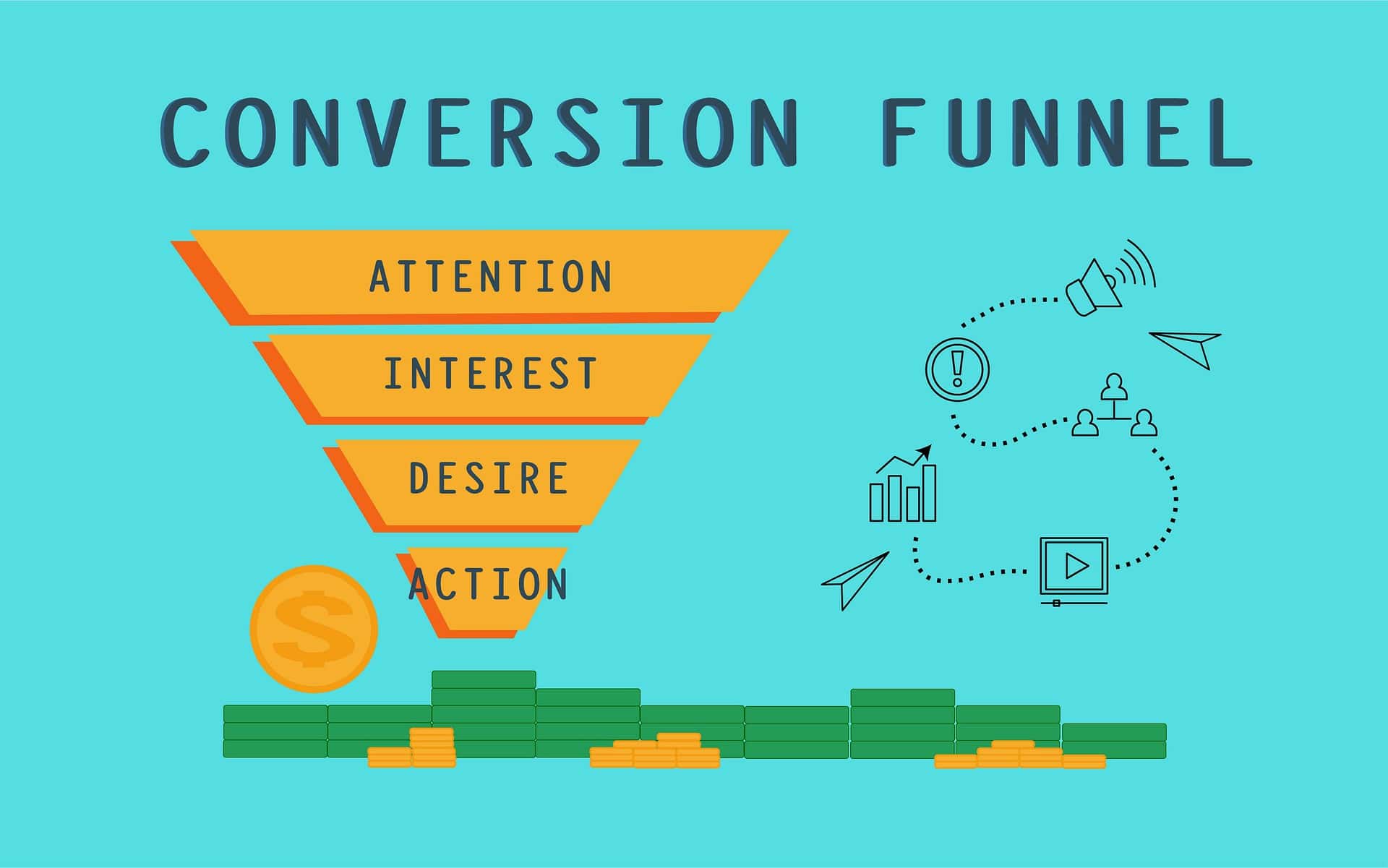
An eCommerce sales funnel has multiple stages that represent your customer’s journey. Based on these stages, every business creates its marketing strategy that can help them attract more customers, boost conversions, and increase its revenues.
A usual eCommerce sales funnel has four stages. As an eCommerce business owner, you must have a thorough knowledge of all these stages to develop the right marketing strategy.
To optimize the customer journey further and drive conversions, consider A/B testing elements and using tools like Nostra AI to optimize website speed.
With that said, let’s have a look at the four main eCommerce funnel stages.
1. Awareness stage
This is the first stage of all kinds of eCommerce conversion funnels. As its name suggests, it is the stage where the buyers come to know about your brand and the type of products you sell. In this stage, the buyer is only aware of your products and services and is not considering buying them yet.
Most buyers find out about your brand through social media ads, influencer marketing, or Google search. Most online advertising is done to make the customers reach the awareness stage.
Read also: 19 eCommerce Best Practices to Win Customer Confidence
2. Consideration stage
If your awareness-based marketing and advertising are on point and you manage to keep the prospects hooked, they will reach the second conversion funnel stage. During the second stage, the buyers consider buying your products or services.
At this stage, you should show the customers that you understand their problems and have the right product and services to solve them. Your goal should be to raise your prospect’s interest to a level that they want to research more about your brand and products.
Read also: eCommerce Conversion Funnel in 5 Stages
3. Conversion or Purchase stage
This is the bottom-funnel stage, where the prospective buyer finally decides and converts into a paying customer. Even at this stage, most buyers have some level of internal doubts about purchasing your products or services.
This is the stage where you should focus on making the buyer eliminate all the hesitation and make the buying decision. You can do this by offering them attractive discounts and offers, sending personalized abandoned cart emails, offering free shipping, and so on.
Read also: A Beginner’s Guide to Lead Funnels: How to Double Your Sales
4. Post-purchase stage
This is the final stage in an eCommerce sales funnel. Many newbie business owners believe their job is done once the prospect is converted into a paying customer. This couldn’t be further from the truth.
Your job isn’t done once the customer has purchased your product or service. The stage is as important as the conversion stage. This is because even after customers purchase from you, they can still offer you various valuable things.
For example, they may return for a re-purchase, leave a glowing review, or recommend your business to their friends and family.
During this stage, you need to focus on customer retention. You can do this by offering them valuable loyalty programs, subscriber-only offers, discounts on their next purchase, and so on.
eCommerce Email Marketing Simplified: 15 Examples + Tips
Tips For Building the Best eCommerce Sales Funnel for Your Business
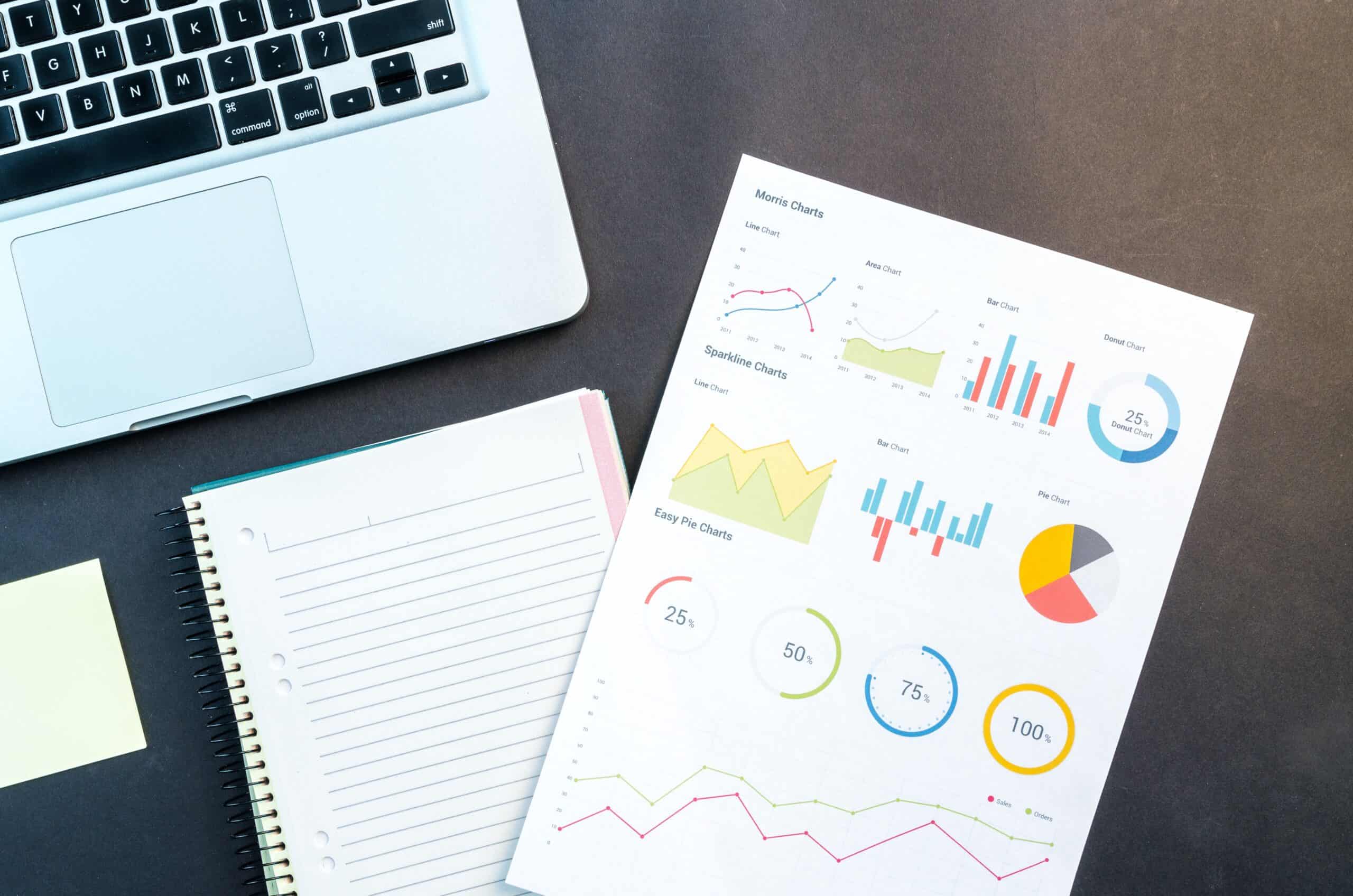
Here’s the most interesting thing: if you have an online business, you already have a sales funnel in existence, whether you realize it or not.
Thus, all you need to do is improve and optimize the conversion funnel so that it will help you get the desired results. To streamline this process, consider leveraging an eCommerce conversion funnel builder that can significantly enhance the efficiency of your funnel setup.
Apart from using a specialized tool, here’s how you can do that: 👇🏻
1. Leverage Facebook ads to generate more targeted traffic
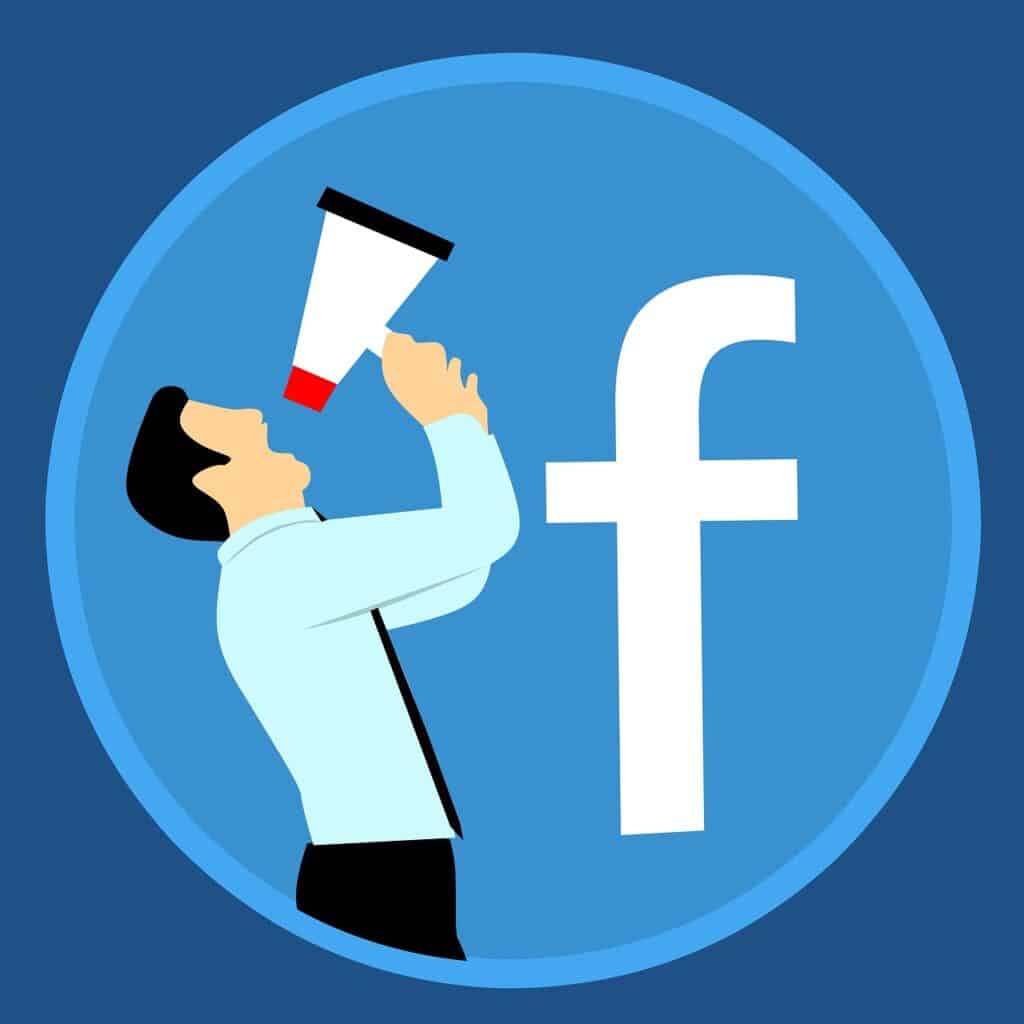
With over 2.9 billion monthly active users, Facebook remains to be the most popular social media platform. With so many people actively using Facebook, it is likely that your target audience is also hanging out there.
Thus, leveraging the power of Facebook ads is a great way to create some buzz about your product or services and generate more targeted traffic to your website.
You can use Facebook retargeting ads to promote offers and discounts, showcase different product categories, offer more information about your business, and more.
Read also: eCommerce Email Conversion Funnel Analysis Guide For Beginners
2. Focus on content creation to attract site visitors for free
Offering high-quality content helps you solve your target audience’s problems and can go a long way in helping you build authority in your niche and win their trust.
People generally prefer buying from brands they can trust. You can create blog posts, how-to video content, social media copies, and so much more.
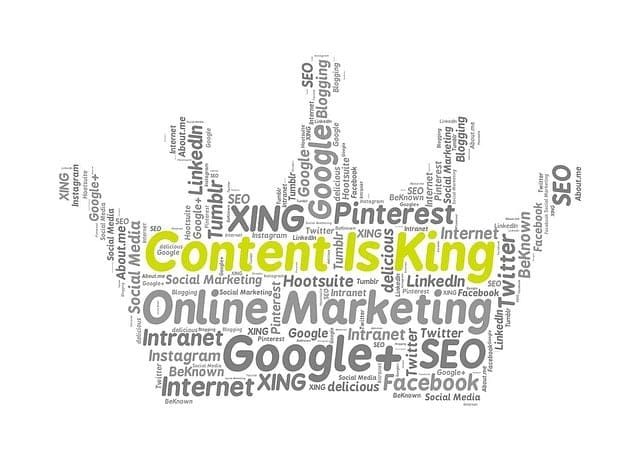
Creating high-quality content with targeted keywords also helps you rank higher on search engines. This means you will be able to attract more visitors without investing a lot of money. It’s a win-win for everyone!
5 Reasons Content Marketing Is The Future of Your Business
3. Map your funnel stages to conversion triggers
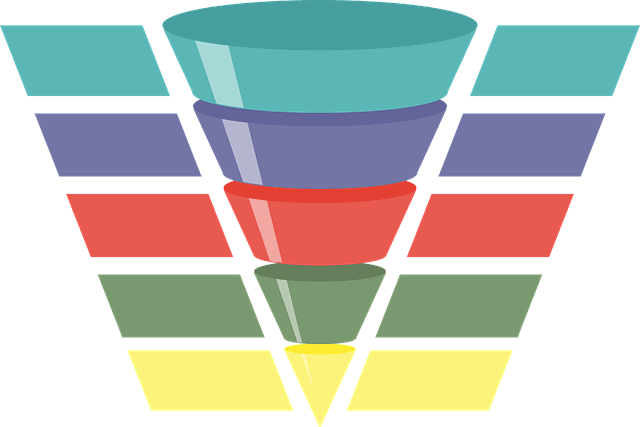
A great way to enhance your conversion funnel is by mapping each stage to the point of conversion. You can do this by thinking about your customers’ ideal buying journey – how they move from the awareness stage to the stage of becoming a customer.
By doing so, you will be able to have a deeper insight into your buyer’s journey and figure out how different buyers react to different situations.
It will also help you understand what is causing leakages in your funnel and build a marketing strategy accordingly.

Read also: Marketing Automation Funnel Explained For Beginners
4. Analyze and optimize your main product pages
This tip is specifically meant to enhance your consideration funnel stage. Creating detailed and easy-to-understand product descriptions can help your customers make more informed decisions.
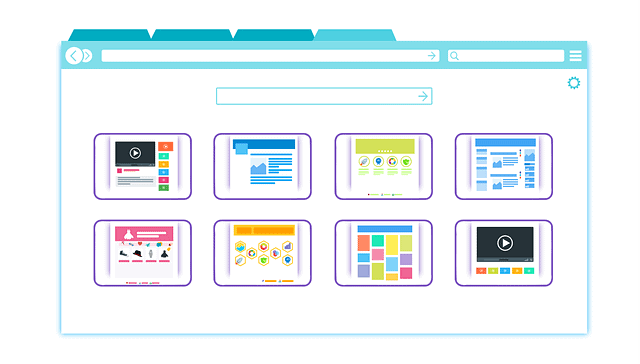
Ensure that your product pages answer the most common questions of your ideal customers. This will remove all kinds of uncertainties and nudge them to click on the “Add to Cart” and “Buy Now” button.
Read also: 15 Great Sales Page Examples (And Why They Convert)
5. Optimizing your forms is crucial
For better results, make sure your conversion forms are fully optimized.
You can do this in the following ways 👇🏻
- Add a clear CTA so that the visitors know exactly what they need to do
- Do not add too many fields; it can overwhelm the visitors
- Make the compulsory/ essential fields clearly noticeable with an asterisk (*)
- Use a simple but effective layout
- Don’t forget to guarantee privacy to your visitors
Read also: eCommerce Customer Expectations: The Science of Delight
6. Optimize and improve your checkout page
Another crucial step in creating an effective sales funnel is optimizing your check-out page. The check-out page is the last barrier between the buyer and you.
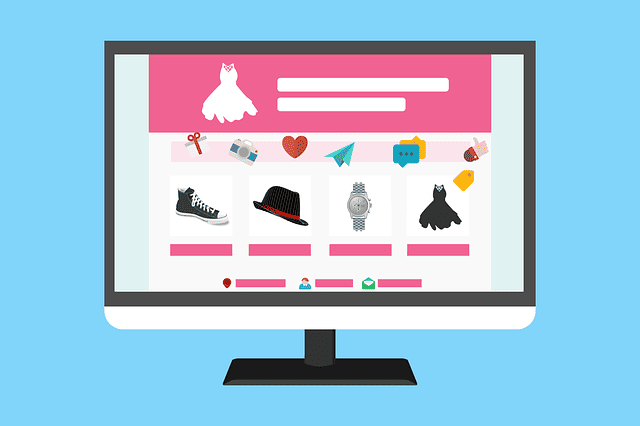
Did you know 17% of online customers abandon their carts due to long and complicated checkout processes? Also, 9% of customers accept to leave a purchase mid-way because of fewer payment options offered to them.
Thus, optimizing your check-out page should be your top priority. You can do so by offering lucrative discounts and free shipping, adding clear and actionable CTAs, offering easy payment methods, and more.
The Ultimate Guide to Creating Lead Magnets
7. Make the most of exit-intent popups
Using exit-intent popups is an excellent way to encourage prospective clients not to abandon their carts and stick around to finish their purchases.
Exit-intent popups also help you follow up with prospects who left your eCommerce site without making a purchase. They also help in reducing your bounce rate and increase your customer’s average order value.
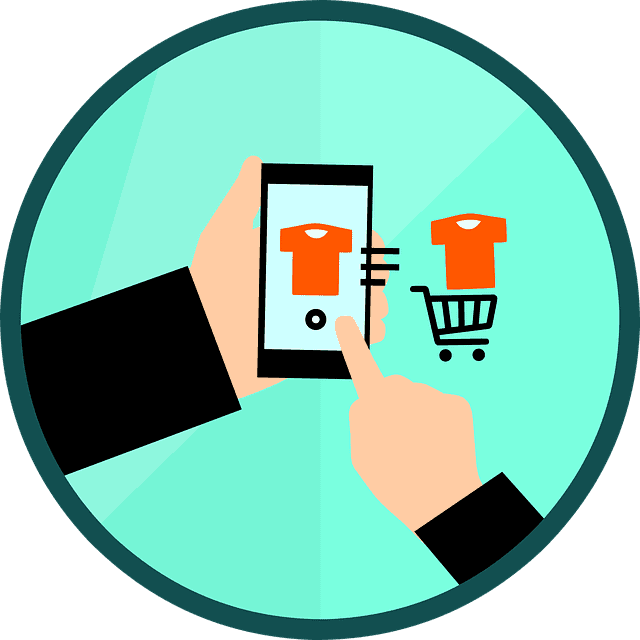
You can do this with the help of lead magnets and freebies.
This will help you collect the emails that you can later use to send them targeted messages and offers. Lead magnets can be in the form of free shipping offers, an exclusive webinar, an eBook, a cheat sheet, etc.
8. Find unsatisfied customers of your competitors and try to convert them
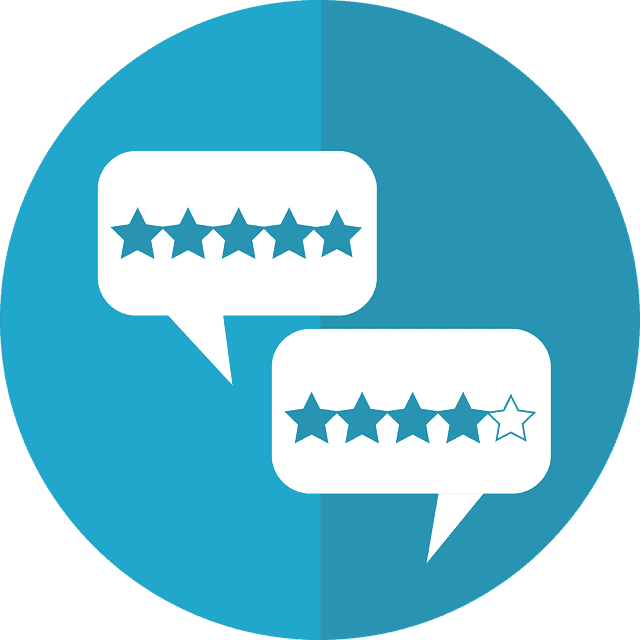
To be successful in the eCommerce business space, you need to monitor what your competitors are doing right and what they are doing wrong!
This can be done by monitoring their social media campaigns, online presence, and how customers behave there.
If you pay attention, you will find at least a few unsatisfied customers in your competitors’ social media comments. You can use that golden opportunity to understand their pain points and offer them a better solution than your competitor.
Read also: Mid-Funnel Marketing: A Succinct Guide [Definition, Strategies]
9. Promote user-generated content on your social media and website
Promoting user-generated content like video testimonials, photos, blog posts, and social media reviews by your customers is a fantastic way of promoting your brand while also building a positive image online.

Make sure to add user-generated content to various pages of your eCommerce website and social media handles.
It will help you impress your visitor instantly and make it easier for you to convert them into paying customers.
25 eCommerce Marketing Tools to Boost Sales in 2023
10. Have video-based product descriptions (and don’t forget to include social proof)
Almost 3.4 billion users consumed video content online in 2022! This is a massive number that displays the power of video in today’s era.
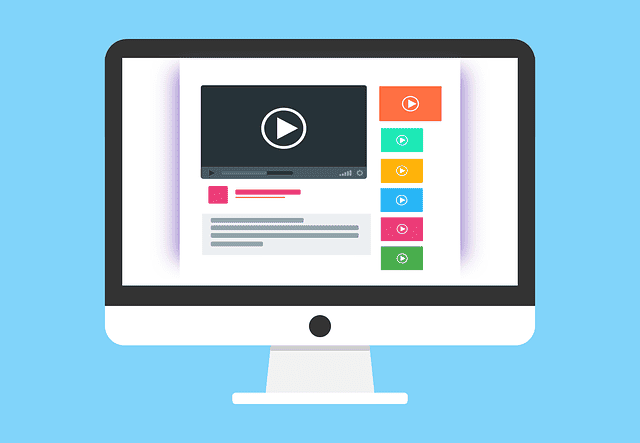
As an eCommerce business owner, you can also leverage this power by creating high-quality, engaging video-based product descriptions. This will help your customer understand your products and services easily and without the need for reading lengthy text-based descriptions.
While you are at it, ensure to include some positive and powerful social proof in the form of reviews and customer testimonials.
People will also trust other people over a business. Thus, adding social proof will help you strengthen your reputation and build more trust online.
Read also: 8 Free eCommerce Website Builders For Every New E-Preneur
11. Outreach is important
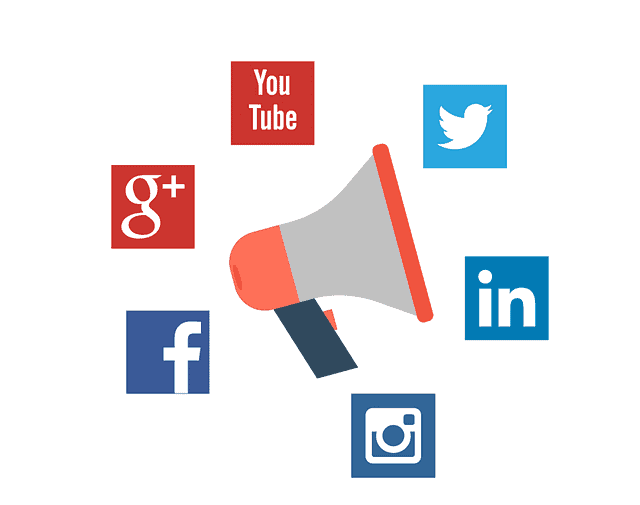
Along with making your customers reach you, you can also reach out to them.
Customer outreach ensures you connect with the right leads with the most chances of converting into paying customers. It is more targeted and result-oriented.
You can do outreach with the help of effective content marketing, email marketing, social media campaigns, and even phone calls.
Read also: Sales Pipeline vs Sales Funnel: Yes, They’re Two Different Things
The Bottom Line
Having a well-crafted eCommerce sales funnel is essential for the growth of your business. It helps you attract the right prospects, educate them about your product and services, and finally convert them into paying customers through powerful marketing.
Make sure to go through the above-mentioned funnel stages and use our tips to create your ideal eCommerce sales funnel.
For an all-in-one eCommerce marketing solution that costs as little as a dollar a day, try EngageBay.
👉Boost your ecommerce success with the best marketing tools – explore our comprehensive guide now! 🌟
